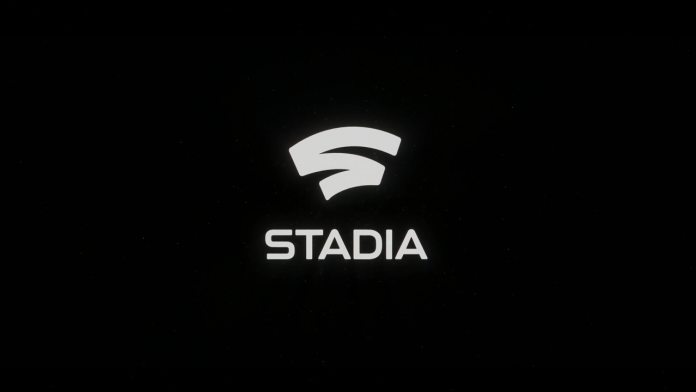As expected, the service will support 1080p at 60fps per second, but there are plans to scale to 4K 60fps HDR in the future. Google claims that Stadia’s users will be able to go from watching a YouTube video of a game to playing it in just five seconds. It’s joined by the announcement of the Stadia controller, which Google says will reduce input latency. It contains two additional buttons, one for easy live streaming on YouTube and another for Google Assistant functionality. Stadia’s architecture sits on Google’s data center network, currently used for its search results and other services. It claims its resources are closer to players, with additional custom built gaming hardware for high-fidelity gaming. Google has partnered with AMD to craft a GPU with 10.7 teraflops, 56 compute units, and HBM2 memory. It’s paired with a custom x86 processor at 2.7 GHz with hyperthreading, as well as 16GB of RAM. The Xbox One X holds 6.0 teraflops and the Xbox One X 6.0, but those these aren’t exactly fair comparisons. Consoles are designed to be compact and affordable rather than slotting into a huge data center. Users will still be limited by their internet connection. In terms of game support, Google has announced that Doom Eternal will be available on Stadia, using Vulkan and on Linux. It has also partnered with Unreal Engine and Unity, CryEngine, and more.
Cross-Platform and Low-Latency Multiplayer
When it comes to Multiplayer, Google also has some surprises. The company has announced that Stadia will “embrace full cross-platform play”, including saves and progression states. In an on-stage demo, Google also showed off a proof-of-concept multiplayer game that takes clear shots at Microsoft’s Crackdown 3. It showcases what the title was supposed to be, with widespread, real-time destruction, and more. However, Stadia is also looking to bring local split-screen back. It will use separate Stadia instances for each viewpoint, meaning developers won’t have to reduce graphical quality or reduce framerate. Players will also be able to share save states with each other as a simple link. Others can jump into a specific point in a player’s game to compete on scores or speedruns. This goes further with the use of YouTube Crowd Play, where users will be able to press a button and join a streamer’s multiplayer session. With Google’s announcement, the eyes are now firmly on Microsoft, which is set to release a public demo of its own game streaming platform this year. xCloud promises to be low latency and on many devices, but it’s not clear if its feature set will match that of Google.


![]()

